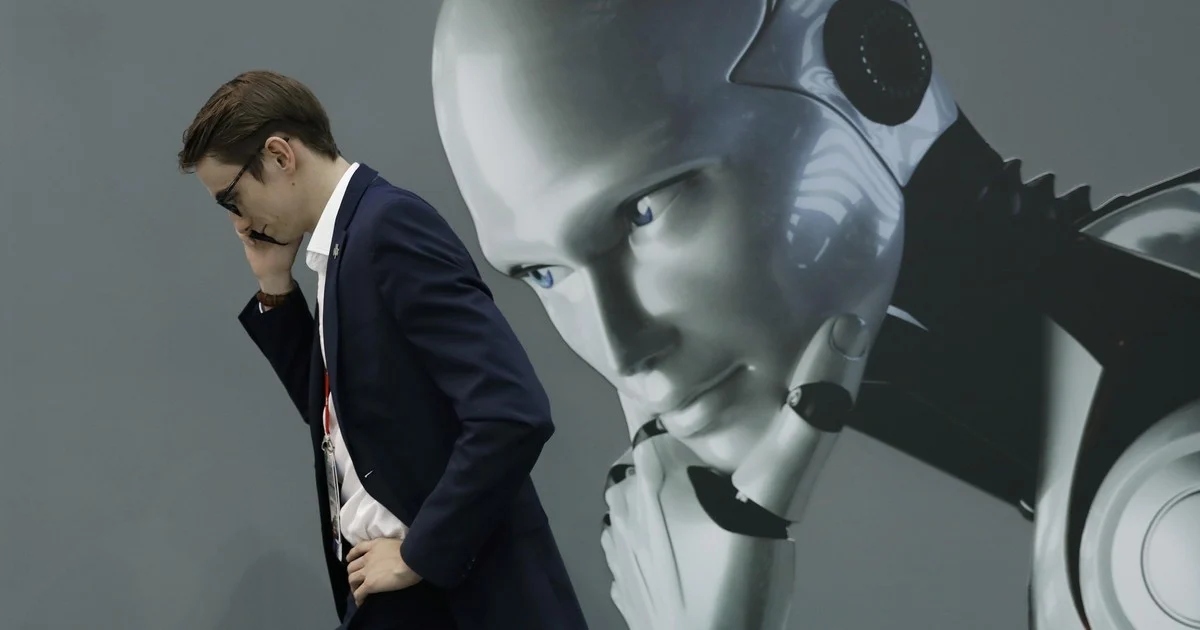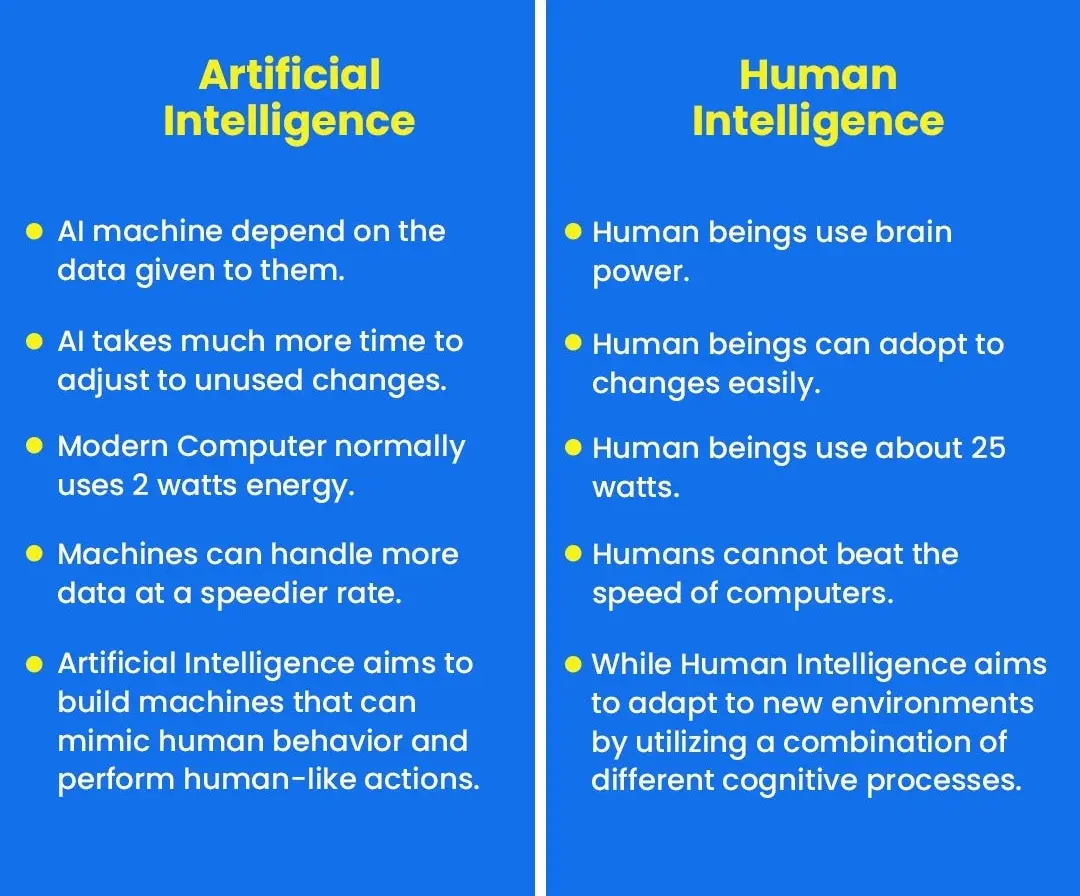Comments
- No comments found

This has long been a popular topic for years.
As technology continues to evolve at a rapid pace, the question of whether we should be scared of big tech AI mimicking human intelligence has become a major concern for many people. While the idea of intelligent machines may seem like science fiction, recent advancements in artificial intelligence and machine learning have made it clear that we are moving closer to this reality every day. In this article, we will explore the potential benefits and risks of AI that mimics human intelligence, and examine what steps can be taken to ensure that the development of this technology is used for the greater good.

AI that mimics human intelligence refers to machines that are designed to replicate the cognitive abilities of humans. This includes the ability to learn, reason, and understand language, among other skills. Machine learning algorithms are a key part of this technology, as they allow machines to analyze data and learn from it in a way that is similar to how humans learn.
Examples of AI that mimics human intelligence include natural language processing (NLP), which enables machines to understand and respond to human language; computer vision, which allows machines to interpret visual data; and deep learning, which uses artificial neural networks to analyze complex data sets. These technologies have already had a significant impact on fields such as healthcare, finance, and transportation, and are expected to continue to grow in importance in the coming years.
One of the main benefits of AI that mimics human intelligence is its potential to improve efficiency and productivity in a wide range of industries. For example, NLP can be used to automate customer service inquiries, freeing up human agents to focus on more complex issues. Computer vision can be used to identify defects in manufacturing processes, leading to increased quality and reduced waste. In the healthcare field, AI that mimics human intelligence can be used to identify patterns in patient data, leading to more accurate diagnoses and personalized treatment plans.
Another potential benefit of AI that mimics human intelligence is its ability to create new industries and job opportunities. As machines become more intelligent and capable, new roles will emerge that require the skills and expertise of both humans and machines. This could lead to the creation of entirely new fields, such as AI ethics and governance, which will be essential for ensuring that AI is developed and used in a responsible and ethical manner.
Despite the potential benefits of AI that mimics human intelligence, there are also significant risks associated with this technology. One of the main concerns is the possibility of job displacement, as machines become more capable of performing tasks that were once done by humans. This could lead to significant economic disruption and social unrest, particularly if there is not a clear plan for how to transition workers into new roles.
Another risk associated with AI that mimics human intelligence is the potential for biases and discrimination. Machine learning algorithms are only as unbiased as the data sets they are trained on, and if these data sets contain biases, the resulting AI will also be biased. This could lead to discriminatory outcomes in areas such as hiring and lending, and could perpetuate existing social inequalities.
Finally, there is also the risk that AI that mimics human intelligence could become too powerful and difficult to control. This could lead to unintended consequences and even existential threats, as machines become capable of making decisions that have significant impacts on human life.
Given the potential benefits and risks of AI that mimics human intelligence, it is essential that this technology is developed and used in a responsible and ethical manner. This requires a multi-stakeholder approach that involves governments, industry, and civil society.
One key step that can be taken is to establish clear ethical guidelines and standards for the development and deployment of AI that mimics human intelligence. This could include principles such as transparency, fairness, and accountability, which would help to ensure that AI is developed and used in a way that benefits society as a whole.
Another important step is to invest in education and training programs that will help workers to develop the skills and knowledge needed to work alongside intelligent machines. This could include programs that focus on areas such as data science, machine learning, and AI ethics, which will be essential for ensuring that humans and machines can work together effectively.
Finally, it is essential that governments and industry work together to establish effective regulatory frameworks that can help to mitigate the risks associated with AI that mimics human intelligence. This could include measures such as mandatory auditing of AI systems, or the establishment of regulatory bodies that are responsible for overseeing the development and deployment of AI.
The development of AI that mimics human intelligence has the potential to bring significant benefits to society, but it also comes with significant risks. As this technology continues to evolve, it is essential that we take a proactive and responsible approach to its development and use. This requires a multi-stakeholder approach that involves governments, industry, and civil society, and which prioritizes transparency, fairness, and accountability. With the right approach, we can harness the power of AI to create a better, more equitable world for everyone.
Leave your comments
Post comment as a guest